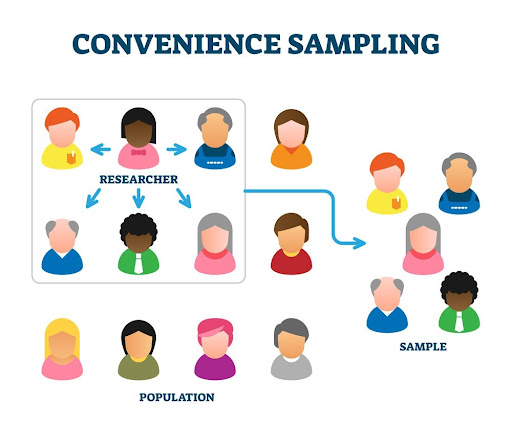-
Volunteer Sampling: Definition, Types, Examples

Introduction In research, volunteer sampling is a widely used method for gathering data from individuals who willingly participate in a study. In this blog article, we will explore the concept of volunteer sampling, its significance in research, and its potential advantages and limitations. We will also discuss strategies to mitigate these limitations and provide real-life…
-
Understanding Survey Weighting: Purpose, Methods & Implications

Introduction Survey weighting is an important aspect of survey research, and it plays a significant role in achieving accurate results which represent the true perspective of respondents. In survey research, sometimes it can be difficult to obtain samples that reflect the target audience being studied, due to factors like errors in the sampling population, non-responsiveness…
-
Guide To Sample Planning in Surveys: How To Create Them

Introduction A sampling plan is a framework used to guide the selection of a sample from a larger population in research. It involves identifying the relevant population, defining the sample size, selecting the sampling technique, and determining the sample characteristics. Sampling is crucial in research for inferring about populations. A good plan ensures representative samples,…
-
Judgmental Sampling: Definition, Examples and Advantages

Introduction Judgment sampling is a type of non-random sampling method used in survey research and data collection. It is a method in which the sample is selected based on the researcher’s judgment. This method is different from random sampling, which is a method of selecting a sample in which each member of the population has…
-
Rejection Sampling: Definition, Types, Examples

In this article, we will discuss the advantages and disadvantages of rejection sampling in research, and when and how rejection sampling can be used in a study.
-
Probability Sampling: Definition, Types, Examples, Pros & Cons

Read this article to learn more about the types, advantages and disadvantages of this researcher sampling technique.
-
Non-Probability Sampling: Definition, Types, Examples, Pros & Cons

In this article, we are going to discuss the concept of non-probability sampling, its advantages and disadvantages, and where it can be used
-
Convenience Sampling: Definition, Applications, Examples

In this article, we’d look at why you should adopt convenience sampling in your research and how to reduce the effects of convenience sampling bias in your data.
-
Population of interest – Definition, Determination, Comparisons

In this article, we will discuss what population of interest means, how it differs from a parameter of interest, how to determine the sample size and frame for your research